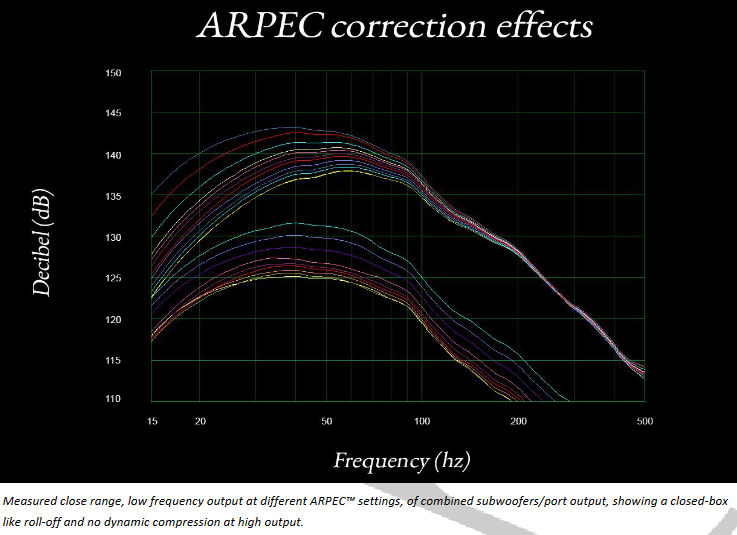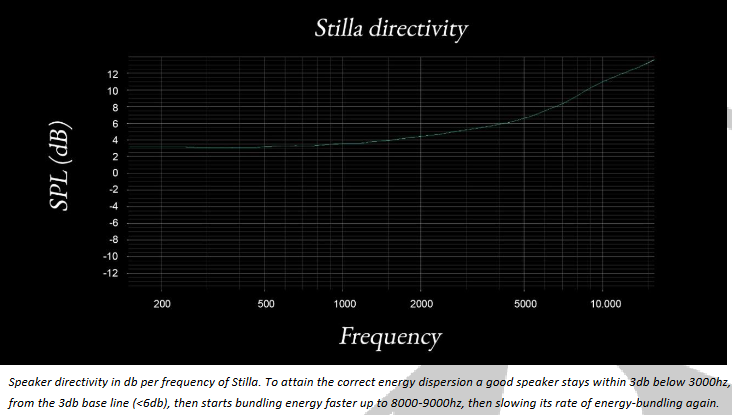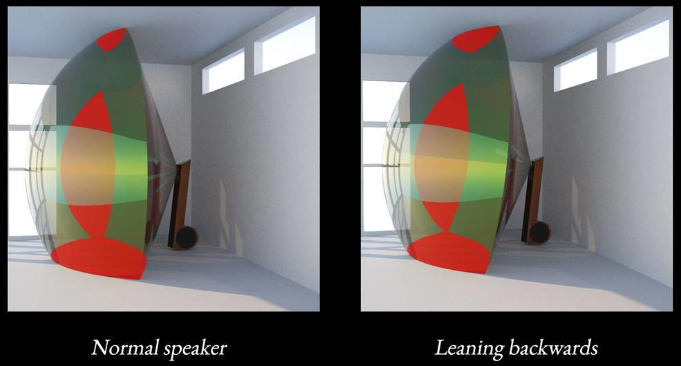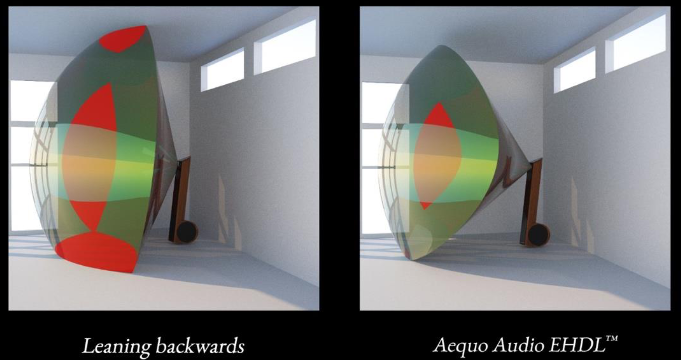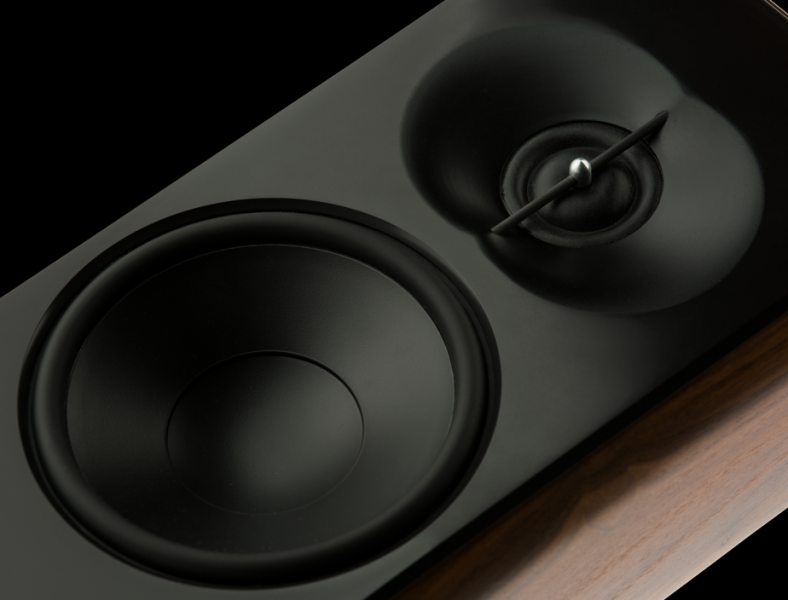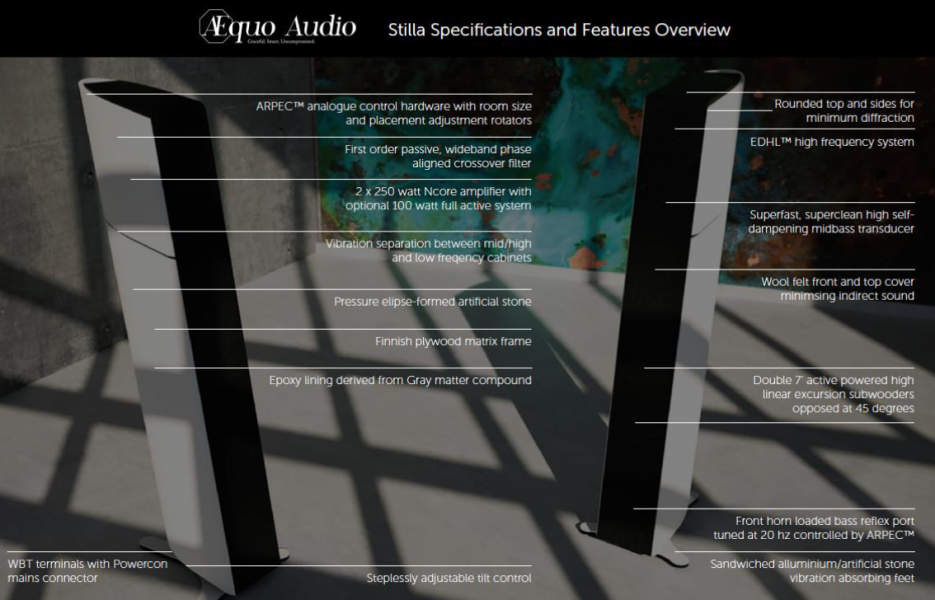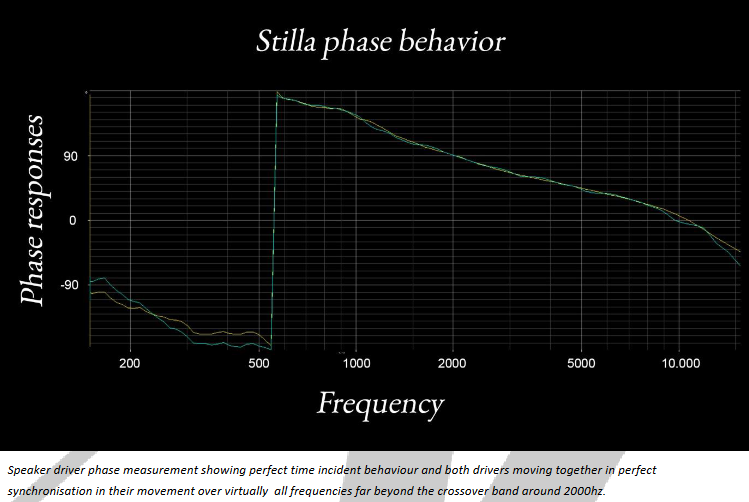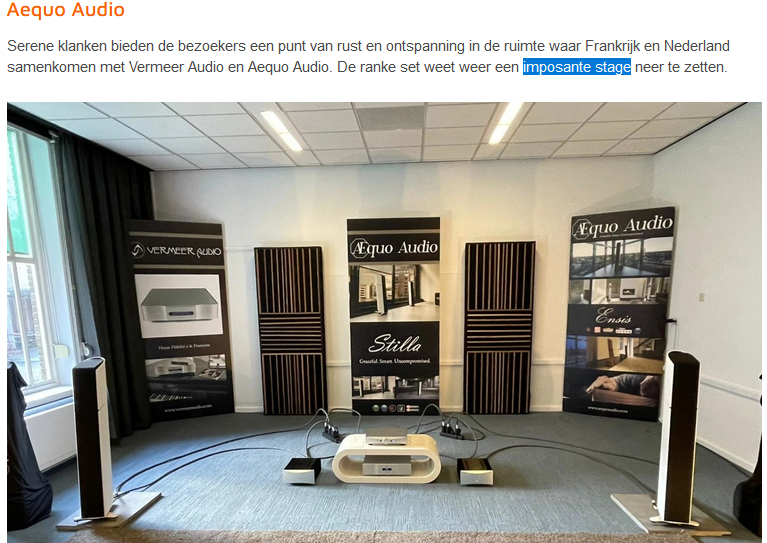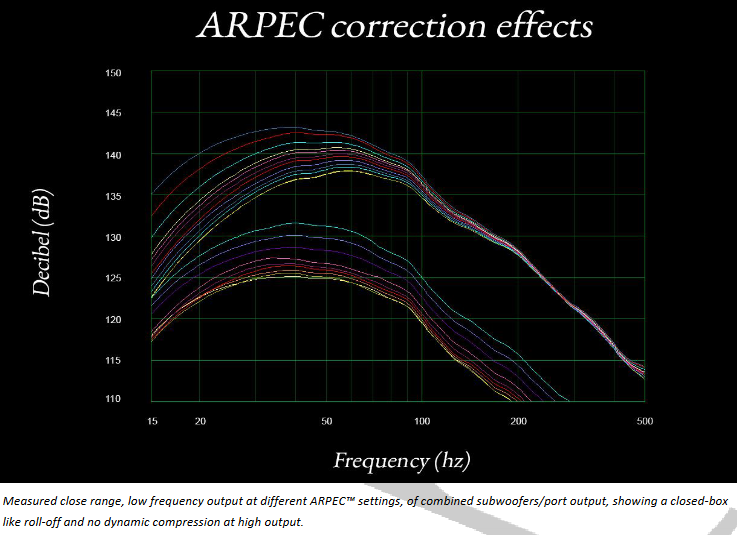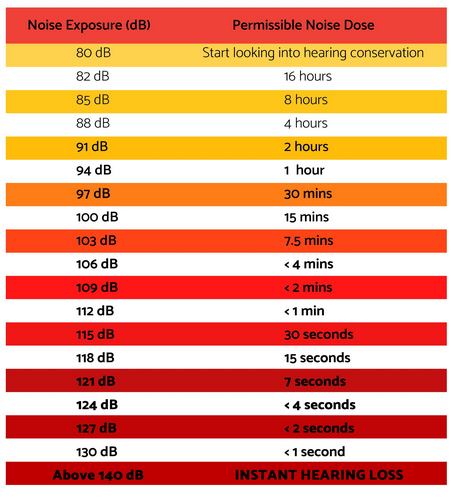Time to go active? Good question!
Lengthy and not written by a native English-speaker, but perhaps (still) interesting for those who consider active (or hybrid/active) speakers:
Part 1
On going hybrid or even full active (lets not wait to read conclusions at the end of this post): this seems indeed a very nice option for your needs. And you don't have to go for 'emotionless' or 'non-listening-room-fit studio workhorses' nor should you settle for digital conversion issues or 'DSP intervention synthetics'. A high end speaker has a different room in mind that a high-end studio monitor does, and many of us in high-end can confirm that DSP is a 'dangerous' thing to add to our level of top-class reproduction (as many on this forum would tend to agree with, I reckon).
Which brings me to Stilla hybrid or full active loudspeakers, mentioned by Gleeds, our USA distributor, which has all the resolution and accuracy, but does so in a effortless and deeply involving natural way with amazing depth, width, height, layering and holographic imaging. Accuracy ensured by extremely fast driver motors, coupled to very forgiving high-damping-tech membrane materials. A special EHDL-lens/waveguide for dispersion, around the tweet and positioned super-close to the mid almost as if it were a single concentric unit, all placed in a thick compressed-natural-wool covered super-slim and rounded-off-edged baffle, with perfect-phase-aligned filters between the two drivers, are a quick summon of factors that all have a strong part, in full synergy, towards amazing staging/imaging. Key is that sound-dispersion is close-to ideal for the high end listening room, which is typically something very different than a studio(!).
And yes, also the full active Stilla has a purely analogue signal path and also here we find the same passive crossover filter that keeps mid and tweet moving in-phase not just in the crossover band, but from 200-20khz (in attachment proof of concept is provided, the overall acoustic phase change from up to down is simple inherent to the distance measurements travelling to the mic: the alignment of the two drivers/lines its what matters). Hence, 'walk-about' (crazy big sweet spot, or better, area) wall to wall sound-staging is the result with far-beyond-wall depth and width. Even if speakers are placed almost ridiculously far apart, a palpable middle-stage and high-definition centre image performance will stay steady in place (see picture of DAE 2022 attached). And with a full depth imaging, that will never seize to impress. Perhaps you would say it's only in my interest or professional passion to say so (see my signature/affiliation) but, you actually don't have to take my word for it as reviews, non-commercial audio-clubs and random show/demo-visitors will confirm these statements. Or see how far we put the speakers apart, actually also for making a clear point, at last 2022 DAE with nothing but positive remarks on the sound-stage. Just google some and ask around before arriving at your own picture (or see
summaries from reviews/clubs ).
Then on Stilla's bass: this is indeed something else entirely, and it removes all the typical drawbacks of compact speakers, digital enhanced speakers, separate active subwoofers etc. It is built around our proprietary ARPEC unit: the Analogue Room-size & Placement Extension Controller. It listens in to the original signal without changing it (going to the passive mid/high section) and adds the needed current by implementing 2x250W Ncore units in a fully analogue -and instant- signal path. The system empowers indeed only just two moderately sized 7 inch units, but these can move air as if they were much much bigger, in fact far bigger than anyone could even begin to suspect from their inch-count. The system is speaker-individual adjustable with two simple step-less dials: one for room size (anywhere from XXS to XXL) and one for placement towards walls (anywhere from total open plains to hard-in-corner positioning of the speaker). Bass will always be coherent to the rest, as acoustic phase is perfected with no DSP applied (fact: any digital signal processor has some latency due to computing time, which will then in its output never be fully time coherent with the fully passive section!). In case of the full active version, we simply just added another single 100W unit per speaker to power the easy to drive 90db@8ohm mid/high section, without using active filtering.
As has been mentioned, if you turn the dials open it can typically measure in-room as deep as -3db at 14hz, depending on the room gain to be matched, or actually over-matched in this case. The ARPEC is not meant for such specs or measurements (which do still prove a real point on their own as for impressive ultimate capabilities), but to be dialled in in such ways it reaches as deep as you want, with full natural extension to frequencies as normally would only be achieved with fat closed box ceiling-high speakers with giant subwoofer drivers (including sea-deep 20hz notes). And in such typical settings it can still play music (or action-movies if you will) very loud, and dynamically unconstraint too.
Something we are never too shy to prove in all possible situations, including when in our own and very large auditorium, or at any over 95m2/100- square feet rooms such as at shows (eg. at X-fi/DAE) or audio-clubs, playing tracks such as from this
Timothy Seelig album , suprising listeners with the speaker's effortless and deep reach as if being in the Meyerson, directly facing the massive fisk organ pipes, while placing
her very very far in front (and a touch to the right) of you and at the right realistic size and within representative all-out-venue-dimensions. The same goes for when proving super coherent slam, and equal attention to drums accompanied by all double bass notes arriving at the same natural velocity and time in tracks such as eg.
Beyond of Avishai Cohen might fully demonstrate. Full high-dynamic-range-recorded classic-symphonies, those nice live rock-concerts from any band of any era, Pink-Floyd's studio-recording of dark side of the moon, or the latest
Chris Liebing album or live techno set, or productions of
Hans Zimmer and
Boris Blank alike, all arrive to listeners equally impressive and unconstrained.
To do so, the speaker has actually a very lengthy port to its disposal, stretching over the entire backside of the internal speaker, ending up in a horn loaded front output, tuned at 20hz to help the two woofers in the lowest octave, but, ARPEC makes it behave as if a closed box design, including the much-desired associated low group delay. So small but capable dual woofers and extended closed box roll off = deep, snappy, taut slam. And when listening at whisper volumes to that special angel of your liking, this 'uncompromised and airy full-bodyness' remains, while emotional intimacy and legitimacy now prevail to the fullest and most touching sincerity. And surprisingly well-so on both old and new recordings. At Aequo Audio, we see the Stilla simply as a 'getting-there' machine, whatever the playback level or music genre of choice.
On a more technical note: the woofers themselves were made as a result to our efforts achieving as much linear stroke as possible, using newly developed surrounds, suspension-spiders and highly optimised motors, all cable of very, very large linear and uncompromising extension. 'Linear' is applicable here to all aspects: compression, latency and distortion free, in order to respectively have same stand-up quality from whisper to full loudness, always perfectly high consistent definition and complexity, and always with the highest genuine palpable accuracy. Each unit has in fact fully-
Klippel -proved linearity of this sort/definition 25mm peak to peak (!). That's a lot of air to move in ways how you like it best, even if we would not consider the fact that the port can almost double its potential in the lowest octave... Something unheard of for this size of driver, and uniquely non-compromised also to that whisper intimacy factor spoken about earlier.
















